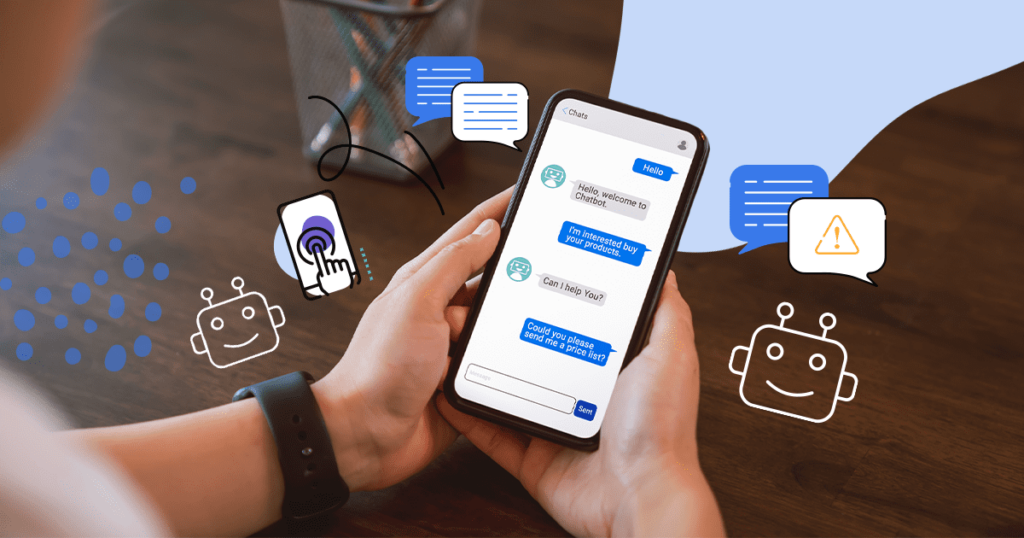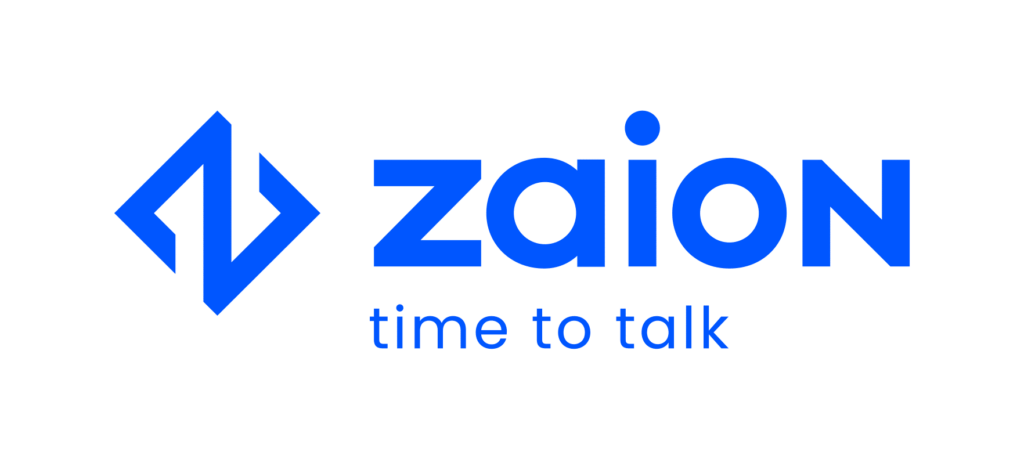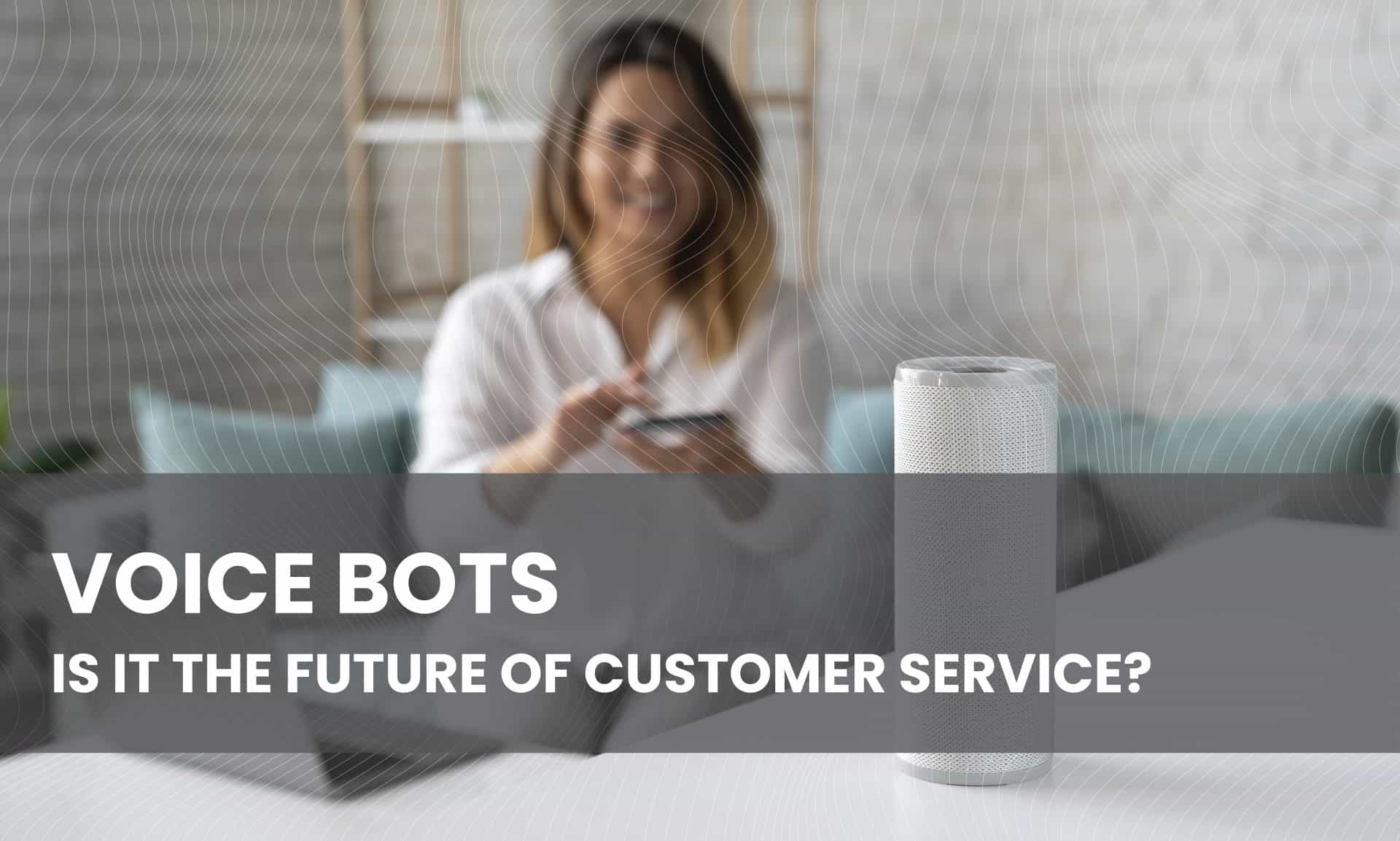Introduction
Many companies are experimenting with voice bots to improve their customer service and experience! Voice bots are the newest revolution in customer service and experience.
In this guide, we will be talking all about voice bots in the world of customer service.
We will be discussing
- The difference between voice bots and voice assistants
- How voice bots differ from chatbots in customer service
- Are voice bots the future of customer service?
- The companies that are involved in voice bots.
Let’s begin
Fundamentals
What is a voice bot?
Voice bots are conversational AI communication tools that capture, interpret, and analyze verbal input from the speaker and reply in a similar natural language.
With voice commands, users can interact with a voice bot and receive contextualized, relevant responses.
Customers can have questions about your products and services when shopping online or simply browsing. With voice recognition-enabled bots, answering these questions in real-time is easy, accurate, and cost-effective.

You can talk with a voice bot just like you would with someone in person, and it responds with a voice of its own.
Thanks to natural language processing, interacting with the bot is easy. With Alexa, Siri, and Google Assistant, people are already accustomed to interacting with voice assistants in their homes.
What is a chatbot?
A chatbot is a software application that uses artificial intelligence & natural language processing to understand what a person wants and guide them to their desired outcome with the least amount of work.
It is your virtual assistant for customer interactions.

Unlike voice bots, chatbots require typing as there is no space for vocal interaction between the user and the chatbot.
A chatbot’s job is to manage customers and help solve any of their issues just like how a normal customer service agent would.
How do voice bots and chatbots differ and how do you choose between them?
With an AI assistant on your website, you could improve customer experience, assist your support team with high call volumes, and serve your customers at all times without downtime.
However, the question arises: which one should your business prefer?
The difference between chatbots and voice bots is that the former is activated by voice commands, while the latter is not.
But there’s more to it than that!
Voice bots make customer interaction smoother and easier because they speak directly to the bot, instead of typing what they want (just like how I am typing this blog).
Voice bots are easy to integrate on your websites and, best of all, help businesses understand their customers better as they speak their hearts out to them.

With chatbots, it’s a different story as there is no speaking involved. The user types their queries to the chatbot to receive a response. Other than that, chatbots do have some features that make them worthy.
Chatbots are perfect for companies that have more complicated use cases and they are excellent for working with complex flows of conversations.
It is ideal for non-linear user journeys that display a variety of options that do not need to be remembered by the user. Chatbots simplify complicated use cases with simple interfaces.

Chatbots are much easier to train than voice bots. Text-based data is available in greater quantities than voice-based data.
When using voice bots, users mostly speak longer and type shorter sentences when using chatbots.
It’s not just text that chatbots can communicate with; they can also use audio-visual media like videos, pictures, and GIFs.
Voice bots can improve the experience and make it more engaging, but they are limited to audio-based media.
Chatbots or voice bots: Which is best for providing customer support?
While phone support for customers is excellent, it is time-consuming and inefficient for businesses. The costs associated with phone support can quickly consume revenues.
A chatbot and a voice service are both effective channels for customer support that can be used in real-time to engage with your customers.
Which of these two alternatives is best for your business?
Let’s find out!
Voice bots
In a voice bot, natural language processing technology is used to interpret audio input and context to assist the user.
With voice bots, you can speak naturally without needing to use specific commands. You can learn how voice bots work in our new voice bot guide.
The voice bot’s AI can piece together information and match it to the dataset it has been trained on by identifying markers in speech.
The advantage of voice bots is that they are constantly learning. As a result, every interaction becomes even more seamless!
This provides a much more immersive and personalized experience that significantly appeals to younger customers.
In addition, you can easily integrate voice into your websites thanks to the many companies providing easy-to-integrate voice bots you can set up yourself.

Chatbots
Chatbots use AI to interact with users via text. Most customer conversations can be automated using chatbots.
The customer support offered by live chat is popular among the young generation and millennials. It is the preferred channel for these demographics.
One difference between the two is how they communicate with users. A voice bot responds to queries with voice, while a chatbot responds with text-based interactions.
Although there is no definitive answer to which is better, one may be more appealing to your customers than the others, depending on your target market, industry, needs, etc.
Additionally, voice bots tend to improve customer satisfaction more than chatbots. However, this depends on how comfortable your customers use their voices to interact with intelligent voice bots.

What role will voice bots play in customer service in the future?
Other than the fact that voice bots are easier to interact with, there are many other reasons why voice bots are slowly growing to be the future of customer service.
Ability to address new customer needs.
Every customer is unique and each one has new needs when they access any website. Voice bots help personally address the varied needs of each customer.
Voice bots, when interacting with any customer, would provide special attention to them as they are always available for the user to interact with.
It acts as a form of self-service for customers, in terms of autonomy. These tools reduce the need for human customer service agents via email, phone, or chat.
Also, it makes it possible for those with disabilities to find the information they need as easily as possible.
Accessible at any time
One of the biggest advantages of voice bots is the ability to be available 24/7 for the customer to help them with any needs.
Customers do not have to stay in long queues or have to be on any hold as voice bots are always ready to use.
Can also open different sessions.
Personalized relationships
For any business, the customer is always the king. Treating a king requires special attention. That’s what voice bots aim to do!
With voice recognition, voice bots can tell whether the person talking is a man or woman.
As with chatbots, voice bots can authenticate a customer quickly and use the customer’s profile information to tailor responses based on their interactions with a brand.
Through technology, there can be a more positive overall customer support interaction, where customers can get more accurate and precise answers, faster.
Knows when to stop
Even though voice bots have these features, there are moments when the voice bot can’t help the user more than it could, so the voice bot knows when to pass the torch.
When a person talks to a voice bot with a request that is beyond the bot’s capabilities, the query is passed to a customer service representative.
Voice bots aim in reducing contacts with a customer representatives. But in some exceptional situations, the bot would then redirect the customer to a representative that would help them further.
Lowers the customer service contact rate
By automating simple customer service interactions that require no human intervention, chatbots and voice bots help businesses optimize resources and reduce expenses.
As a result, customer service agents can devote their time and energy to more complex issues and inquiries (which is what they should be doing anyway).
McKinsey predicts that human customer support interactions will decrease by 30% in the next 2 years. Chatbots and voice bots are therefore poised to capture up to 70% of these interactions in the future.
Helps minimize costs
A voice bot lets you serve more customers in less time, improving customer satisfaction.
Simple, repetitive questions can be answered quickly and effectively. Customer service agents can devote more time to customers and questions that require further explanation.
Filtering out the most common customer support requests that a voice bot can help save customer service agents’ time and ensures that only the most critical customers are dealt with.
Voice bot service providers
Since the development of AI, many companies have leveraged voice technology to provide voice-based solutions to businesses and customers.
Here are some of the top-notch voice bot service providers today!
Let’s begin.
Amazon Lex
Amazon Lex is a conversational AI voice and chatbot builder where it can easily understand intent, maintain context, and automates simple tasks across many languages.
With Amazon Lex, users can deploy voice and chatbots across different channels without any hassle.

Mindsay
With Mindsay’s chatbot platform, companies can provide simple and efficient customer interactions.
They help customer service teams overcome common challenges by automating large volumes of customer requests, reducing time-consuming processes, and optimizing their use of people.
They assist companies in building an automation strategy from simple FAQs to complex transactions, allowing for maximum customer service automation, while ensuring the lowest total cost of ownership.

Replicant Voice
Replicant’s voice bot has the power to not only provide customers with solutions but also solve Tier 1 customer issues.
Their AI has the power to handle all issues or discrepancies with a call centre like precision as their AI is accurate, contextual and supportive in omnichannel aspects.

Zaion Voicebot
Through Zaion, a number of automated phone channel features are developed and operated.
They automate more than 70% of the customer calls related to the use cases they have implemented, with the remainder being transferred to a live agent.
Their bots are able to integrate with all contact centre solutions, CRMs, and ERPs, so that all the necessary information can be accessed, and can send everything collected during the conversation back to the tools

Smartly.AI
Smartly.AI has a platform where you can build an efficient conversation flow with decision trees.
With their AI, you can let the customer interact with the bot with voice and their response distribution rate falls under good speed.

Vocads
Vocads have a no-code platform where you can create conversations by connecting drag and drop elements and immediately integrate them into your site by the push of a button.
They help provide smoother assistance to your customers on your site. Not only with customer service, but also conducting voice product reviews and feedback collection.

Conclusion
Voice picking is a slow and rising technology that many warehouses with different management systems are taking advantage of.
And that’s it! We have completed our guide!
Let us know what you think about this guide. If you feel you could share some thoughts, comment down below!
If you would like to provide us with some names of voice bot service providers, don’t hesitate to comment down.
Don’t forget to share it with your friends!
